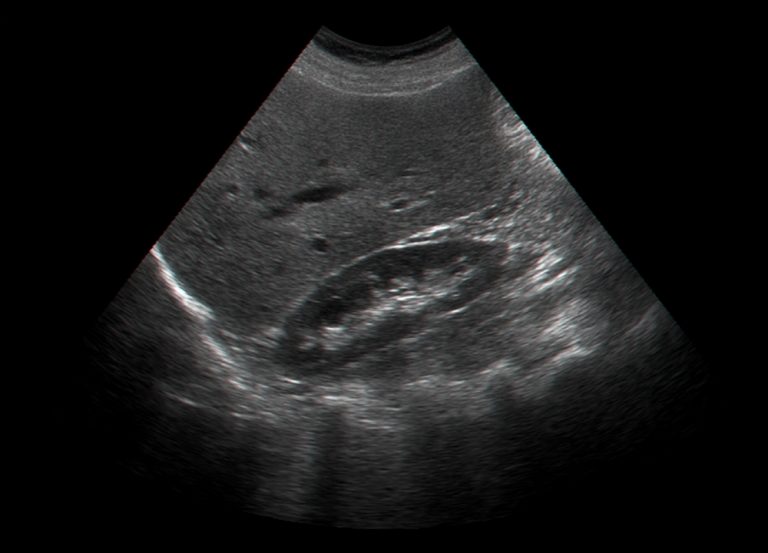The pelvic ultrasound is a diagnostic scan exam to evaluate the organs and structures within the female pelvis. The pelvic scan will evaluate the uterus (womb), endometrium (the lining of the uterus), cervix and ovaries.
What can a pelvic ultrasound detect?
A pelvic ultrasound allows quick visualization of the female pelvic organs and structures including the uterus, cervix, vagina and ovaries.
Is a pelvic ultrasound painful?
No, pelvic ultrasound should not be painful.
What is the difference between pelvic scan and ultrasound?
The pelvic scan is a non-specific term and can be applied to various diagnostic modalities such as 'pelvic ultrasound scan' when ultrasound is used to image the pelvic; 'Pelvic MRI scan' when magnetic resonance imaging is being used to image the pelvis and Pelvic CT scan.
Do I need to shave for a pelvic ultrasound?
No, there is no need to shave for your pelvic scan.
What does red mean on a pelvic ultrasound?
The red and blue colours on the screen during your abdominal ultrasound indicate the direction of blood flow.
How long should a pelvic ultrasound take?
A pelvic ultrasound can take 15 to 30 minutes.
When is the best time to have a pelvic ultrasound?
A pelvic ultrasound can be performed at any stage of a woman's menstrual cycle. To achieve the best scan results, for women still menstruating we suggest the scan be done at the end of a period when the lining of the uterus is thinnest (day 4-9 of your menstrual cycle).
How is a pelvic ultrasound scan done?
Pelvic ultrasound may be performed using one or both of 2 methods: Transabdominal (through the abdomen). A transducer is placed on the abdomen. Transvaginal (through the vagina).
Why are ovaries not visible on ultrasound?
Vaginal ultrasound can help to show whether any cysts on your ovaries contain cancer or not. If a cyst has any solid areas, it is more likely to be cancer. Sometimes, in women who are past their menopause, the ovaries do not show up on an ultrasound. This means that the ovaries are small and not likely to be cancerous.
Can pelvic scan detect PCOS?
Where can I get a pelvic ultrasound without a doctors referral in London?
If you are looking for a pelvic ultrasound in London, International Ultrasound Services is located a few minutes walk from Notting Hill Gate station and offer abdominal ultrasounds without the need of a doctor's referral.
How much are private pelvic scans?
The cost of private pelvic ultrasound scans varies depending on the location and the clinic. At International Ultrasound Services, the cost of a pelvic ultrasound is starting from £139.
Can you see ovarian cysts on an ultrasound?
Yes, you can. Ovarian cysts can be clearly seen on a transvaginal scan.
Can endometriosis be seen in an ultrasound?
A standard ultrasound imaging test won't definitively tell your doctor whether you have endometriosis, but it can identify cysts associated with endometriosis (endometriomas). Magnetic resonance imaging (MRI).
Are there any options if i cant have a transvaginal scan?
If transvaginal scanning is not possible, a transrectal examination can be used as an alternative. (Ref: Transrectal scanning: an alternative when transvaginal scanning is not feasible)
Content Information
We review all clinical content annually to ensure accuracy. If you notice any outdated information, please contact us at info@iuslondon.co.uk.
About the Author:

Yianni is a highly experienced sonographer with over 21 years in diagnostic imaging. He holds a Postgraduate Certificate in Medical Ultrasound from London South Bank University and is registered with the Health and Care Professions Council (HCPC: RA38415). Currently working at Barts Health NHS Trust, Yianni specialises in abdominal, gynaecological, and obstetric ultrasound. He is a member of the British Medical Ultrasound Society (BMUS), Society of Radiographers (SoR) and regularly contributes to sonographer and junior radiologists training programs.



